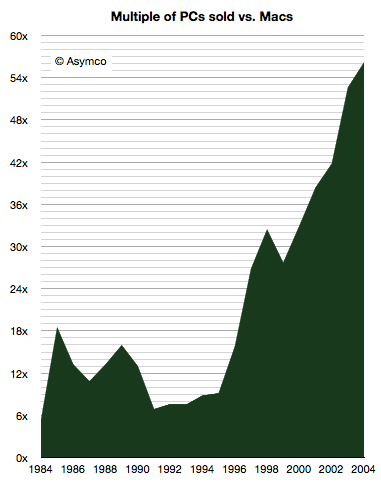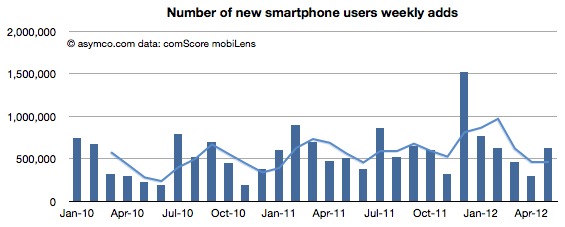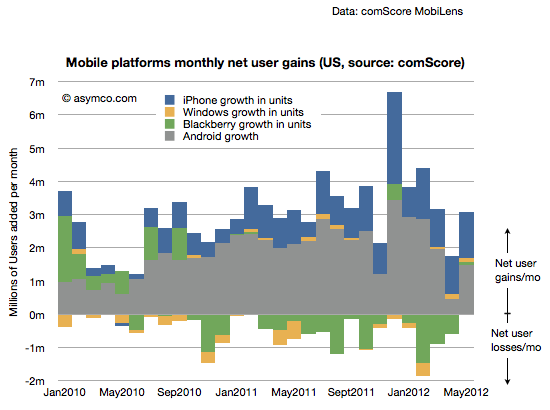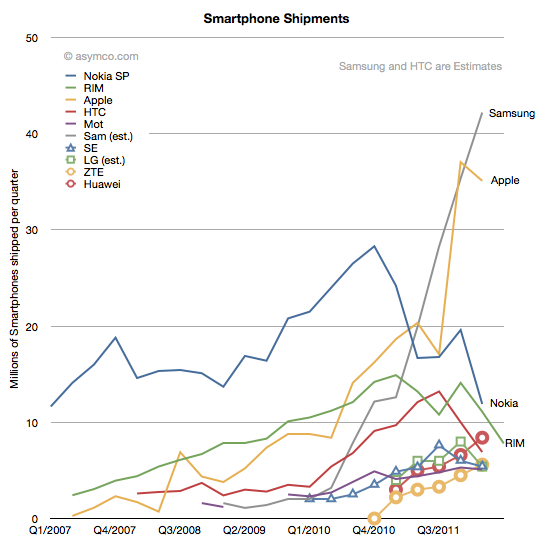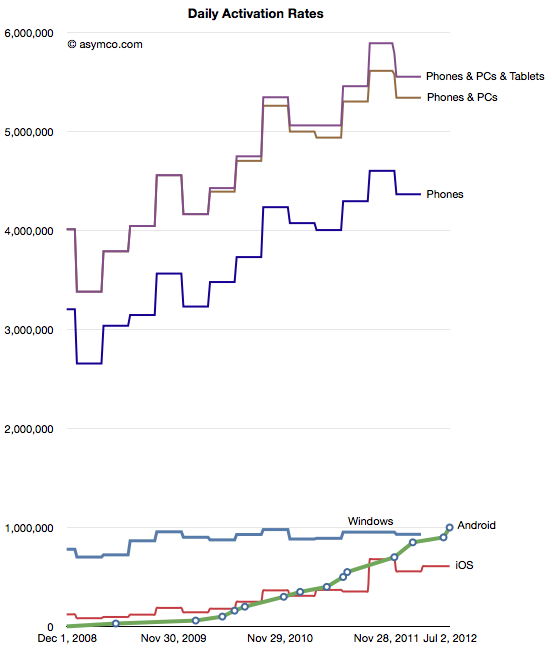Steve Ballmer July 9th, 2012 on competing with Apple:
We are trying to make absolutely clear:
We are not going to leave any space uncovered to Apple
We are not.
No space uncovered that is Apple’s
We have our advantages in productivity
We have our advantages in terms of enterprise management, manageability
We have our advantages in terms of when you plug into server infrastructure in the enterprise.
But we are not going to let any piece of this [go uncontested to Apple]
Not the consumer cloud
Not hardware software innovation
We are not leaving any of that to Apple by itself
Not going to happen
Not on our watch.
Steve Ballmer, July 2010 on competing with Apple’s iPhone and iPad: Continue reading “The poetry of Steve Ballmer”

